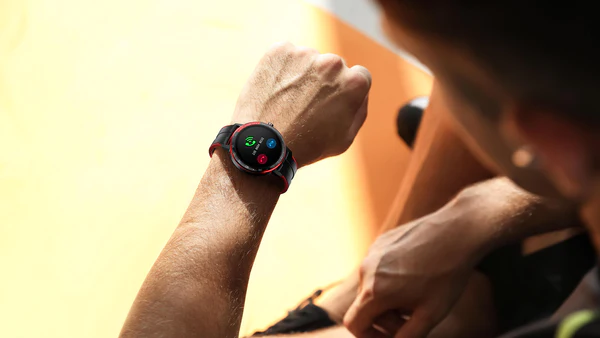When to Use Spot Colors Versus Process Colors (Or Both)

When it comes to printing, there are two main types of color systems: spot colors and process colors. While both can be used to achieve vibrant and accurate colors, each has its own strengths and weaknesses. In this article, we’ll explore when to use spot colors versus process colors (or both) to achieve the best possible results.
Spot Colors
Spot colors, also known as solid colors or Pantone colors, are pre-mixed inks that are specifically formulated to achieve a particular color. These inks are applied to the paper one color at a time, using a separate plate for each color. This means that spot colors are printed using a single ink color at a time, which can result in more consistent and accurate color reproduction.
Spot colors are ideal for printing designs with a limited color palette, such as logos, corporate branding, or packaging. They are also useful for printing metallic or fluorescent colors that cannot be achieved using process colors. Spot colors are also often used for large areas of flat color, as the ink coverage can be more consistent and even than with process colors.
Process Colors
Process colors, also known as CMYK or four-color printing, are created by combining four base ink colors: cyan, magenta, yellow, and black. These colors are printed using a series of dots that are blended together to create the illusion of a wider range of colors. Process colors are ideal for printing full-color images, such as photographs or illustrations, as they can reproduce a wide range of colors and shades.
While process colors can be used to print solid colors, they are not as accurate or consistent as spot colors. This is because the final color is created by blending the four base colors together, which can result in slight variations in color and tone. Process colors are also not ideal for printing metallic or fluorescent colors, as these colors cannot be accurately reproduced using the four base colors.
When to Use Both
In some cases, it may be beneficial to use both spot colors and process colors in a single design. For example, you may want to use spot colors for your logo and other branding elements, while using process colors for full-color images or backgrounds. This can help ensure that your branding elements are consistent across different print materials, while still allowing you to take advantage of the full range of colors available with process printing.
Another reason to use both spot colors and process colors is to achieve a specific color that cannot be achieved using either method alone. For example, you may want to use a metallic spot color for your logo, but also include a full-color image with a metallic effect. In this case, you could use the metallic spot color for the logo, and then use a combination of process colors and a metallic foil stamp to achieve the metallic effect in the image.
Conclusion
When it comes to choosing between spot colors and process colors (or using both), there is no one-size-fits-all solution. The best approach will depend on the specific design, print material, and desired outcome. By understanding the strengths and weaknesses of each color system, you can make informed decisions about when to use spot colors, when to use process colors, and when to use both to achieve the best possible results.






